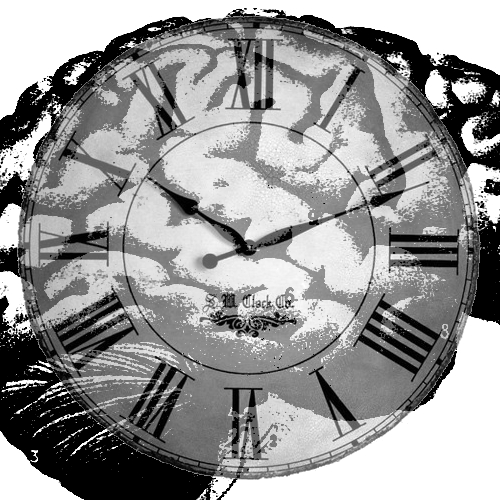Shift impairment studied
 Shift work has been linked to cognitive impairment in middle-aged and older adults.
Shift work has been linked to cognitive impairment in middle-aged and older adults.
New research from Canadian scientists reveals that middle-aged and older individuals engaged in night shifts or rotating shift work face an elevated risk of cognitive impairment.
The study, conducted on almost 50,000 adults, unveiled higher rates of cognitive issues in those with night shift experience in their past or current job compared to those exclusively engaged in daytime work.
Furthermore, the research discerned that night shifts were associated with memory impairment, while rotating shift work correlated with deficits in executive function – involving forward thinking, self-control, adherence to instructions, and maintaining focus amid distractions.
The study, published in PLOS ONE and led by Durdana Khan of York University, Canada, builds on prior research that emphasised the substantial health consequences of shift work.
The study analysed data from 47,811 participants in the Canadian Longitudinal Study, encompassing self-reported work history and schedules alongside cognitive function test outcomes.
In total, 21 per cent of respondents reported exposure to some form of shift work during their careers.
Those currently involved in night shift work (OR, 1.79; 95 per cent CI, 1.08–2.96) or those who had undertaken night shifts in their longest-held job (OR, 1.53; 95 per cent CI, 1.04–2.26) exhibited higher rates of cognitive impairment compared to their daytime-only counterparts.
Among cognitive subdomains, night shift work was associated with memory impairment, whereas rotating shift work was linked to executive function deficits.
The study's authors suggest that disruptions to circadian rhythms due to shift work may negatively impact cognitive function in middle-aged and older adults, warranting further exploration.
They propose that disruptive circadian stimuli might contribute to neurodegeneration leading to cognitive impairment but acknowledge the need for additional research to validate this association and uncover underlying physiological mechanisms.








 Print
Print